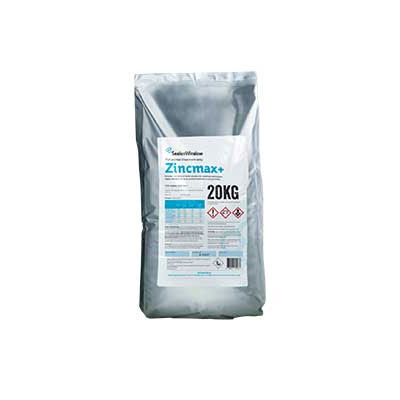Animal Health Advice
Facial Eczema
FE occurs when animals (the disease is not limited to dairy cows) eat spores of the fungus Pithomyces chartarum, which are mainly found in the base of pasture. These spores release a type of mycotoxin (sporidesmin), which damages the liver. The liver is such an important organ in production animals that the economic effect of this disease is huge. It is sometimes not seen at the time of the damage, only appearing when the cow is stressed and the liver has to respond to the extra workload,e.g. during calving.
Despite its name, FE is not a skin disease. Not all animals will show skin lesions but their damaged liver will lead to reduced milk production, weight loss and reproduction issues. Faull (1991) looked at 565,000 dairy cows and found that whilst only 6% of them had skin lesions, 38% of cows had damage to their livers.
As the saying goes, “prevention is better than cure”; this is true of FE. An action plan should be developed for your property and put in place prior to spore counts rising. Actions could include:
- Applying fungicides
- Trough treatment with zinc
- Inter-ruminal boluses
- Identifying high-risk and low-risk paddocks
- Addition of zinc to feed
Zinc mops up the sporidesmin toxin, meaning it cannot cause as much cell damage. Higher levels of zinc than a cow’s maintenance requirements are needed to prevent FE. Care must be taken to use products registered with ACVM (Agricultural Compounds & Veterinary Medicines) to ensure no adverse effects, especially from heavy metal contaminants, and dosage must be at the correct level for the size of cows in the herd.
Under-dosing could mean not enough zinc is present in the system to mop up the toxin and so cows still suffer from FE; over-dosing risks zinc toxicity. When adding zinc to feed, it needs to be included accurately and spread evenly throughout the feed. If using blends, take care to ensure the zinc does not separate out from the bulk raw materials during transport. Palatability enhancers should be used in water treatments so the bitter taste of the zinc is masked and cows still drink the water.
Zincmax+ is an ACVM-registered product, for use with in-line dispensers or trough dispensers, that has a peppermint taste and contains additional organic copper. Long periods of dosing at high zinc levels could deplete copper levels; Zincmax+ is designed to maintain healthy copper levels in the herd.
Signs that cows are affected by FE start with a reduction in milk solids. As cows become increasingly impaired, their sensitivity to the sun causes them to seek shade and they can be restless. Care should also be taken when spore counts are low. The sporidesmin toxin has a cumulative effect – one week of low ingestion can have the same effect as one day of high intakes.
In summary, be prepared. Monitor both spore counts and weather conditions. Ensure grazing rotations are sufficient to prevent the build-up of dead matter but offer enough in the risk period to avoid cows grazing to low pasture levels, as this is where spores are higher in number.
References:
Faull, B (1991). Prevalence and costs of facial eczema on dairy

Zincmax+
For the prevention and treatment of facial eczema in dairy cows. Zincmax+ is a peppermint flavoured blend of water soluble zinc, combined with organic copper.

